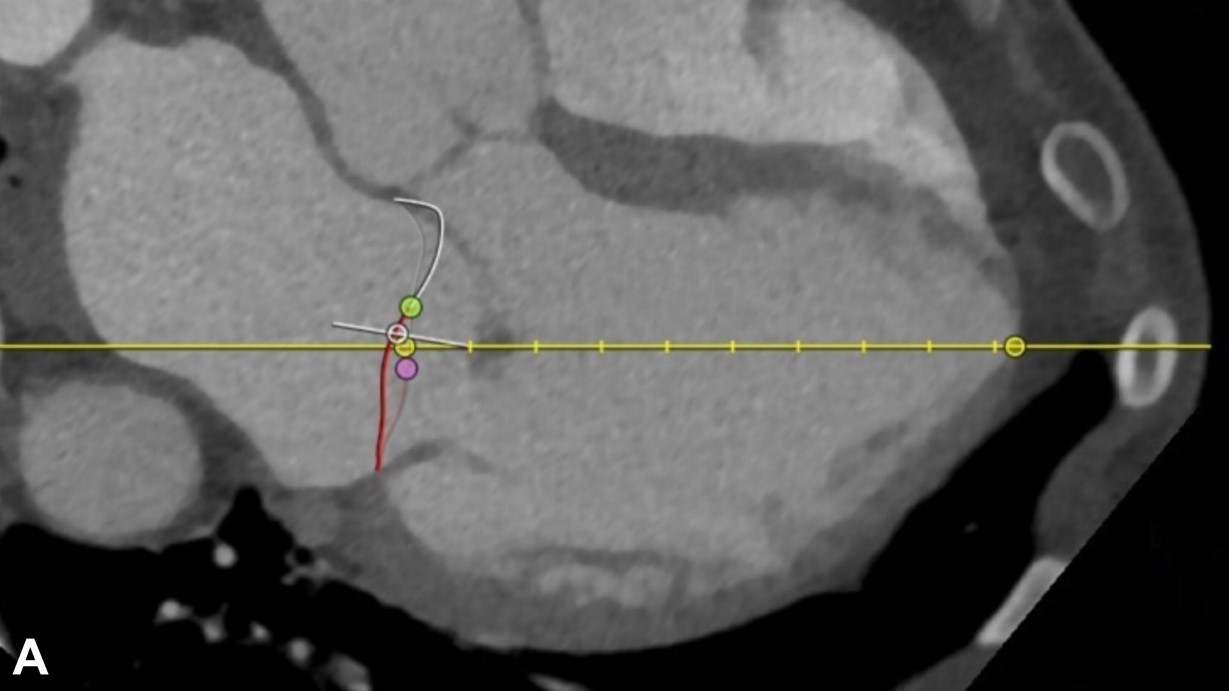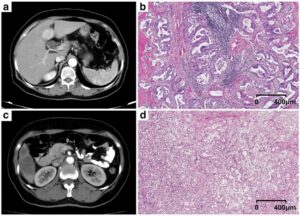There has been great interest in the development and application of artificial intelligence (AI) in the field of medical imaging. AI has the potential to be useful in multiple arenas including the improvement of diagnostic accuracy as well as improving workflow and helping increase human efficiency in study interpretation. Cardiac imaging has been one focus of AI and has yielded promising results, such as aortic valve analysis in the setting of TAVR evaluation and non-invasive CT derived fractional flow reserve in the assessment of obstructive coronary artery disease, to name a few. However, to date, this has not been the case for the mitral valve, largely owing to its complex anatomy. True 3-D measurement of the mitral annulus (diameter, area, circumference) utilizing CT imaging can be difficult and time-consuming. At the same time, we are seeing advancement and increasing options for percutaneous approaches to mitral valve interventions, making accurate, non-invasive assessment of mitral valve anatomy a necessity. Thus, a fully automated and accurate analysis tool for the mitral valve would be an attractive innovation for deployment in the clinical arena.
We compared a fully automated mitral valve assessment prototype to a hybrid user-driven software package in the assessment of several mitral valve sizing parameters. Additionally, we determined the time needed to obtain these measurements between the two techniques. The fully automated software demonstrated a significant reduction in time to results; however, correlation was suboptimal. When adding manual adjustments to the fully automated prototype, correlation improved, yielding good to very good correlation when compared to the user-driven analysis.
While showing great results on our patient cohort under study conditions, the automated software struggled in the setting of severe valve calcification and motion artefact. The fully automated software demonstrated systematic under-sizing compared to the user-driven package. Manual adjustments were needed to improve correlation, which resulted in less robust time savings. While a fully automated mitral valve assessment package is an attractive prospect, current iterations are not ready for integration into clinical practice and will require further development and refinement.
Key points
- The novel software platform allows for a fully automated analysis of mitral valve structures.
- An excellent agreement was found between the fully automated measurement with manual adjustments and the user-driven analysis.
- The software showed quicker measurement time compared with the standard analysis of the mitral valve.
Article: A fully automated software platform for structural mitral valve analysis
Authors: Robert Steinbach, U. Joseph Schoepf, L. Parkwood Griffith, Marly van Assen, Matthias Renker, Pooyan Sahbaee, Chris Schwemmer, Andreas M. Fischer, Akos Varga-Szemes, Simon S. Martin & Richard R. Bayer II













